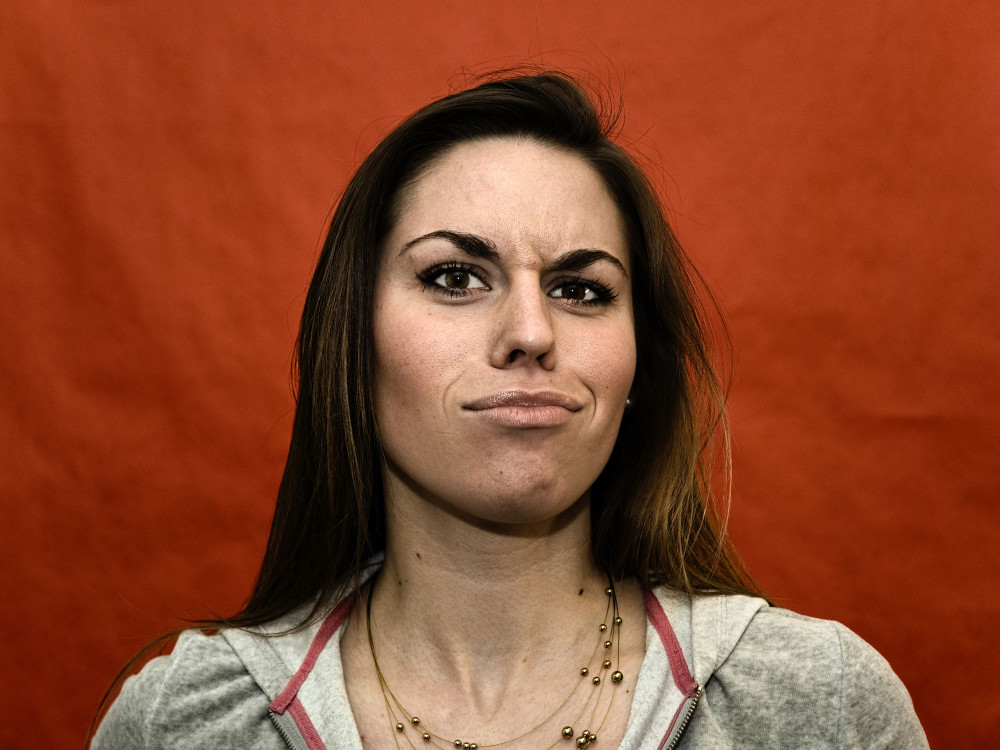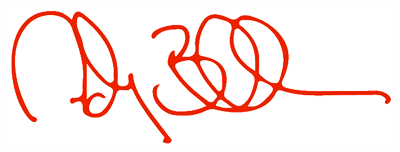
Carrie
In the fourth grade, my teacher gave our class the option to either write ten spelling words a repeated number of times, or use them all within a short story. This might be one of the most important academic choices ever offered to me. I was 10 years old and had the option to avoid mindless, menial tasks via creative alternatives. I wrote stories for the rest of the year. It’s funny how little things like that carry on with you into adulthood. Years later, as a professor of photography, I welcomed the idea of students challenging part of an assignment or course with a solid argument, and then proposing a better solution. To me, that’s what education is. Not simply showing that one can repeat what is said to them, in that perspective, to come to a “correct” answer. No one learns anything beyond the opinions of the teacher. I’d much rather see a student oppose me with a better idea and see if it changes even my own view on various topics.
When I was a graduate student, I had a lot of freedom within my program. It was a small program, with an even smaller photography area. There was one photo student a year ahead of me, no photo students below me. When I first started, I asked how classes would go. The head of the area at the time told me we’d have two or three meetings in the quarter, but mainly, just make work. What this meant was, no specific weekly lecture classes. No courses full of other students. Have brief meetings with a professor and then I’d be left to just seek out my ideas and make shit. I was coming from a psychology undergrad program where I made and screened short films in place of essay papers, and theatrical psychological theory plays were performed in class during abnormal and gender development course topics. Those approaches were in no way even close to being on a syllabus, but it was where my passions led me. I would skip classes to focus on a film production for a scene in a movie, or to edit video, knowing full well that the project would have no positive impact on my grade but I didn’t care. I had a conviction with my concepts and just so happened to be in a course that spawned the spark.
So maybe I never really fit into a standard psychology program. I entered grad school for an MFA without ever taking a single photography course. It was a risky venture on everyone’s part, but by the time I was told how unstructured the program would be, any fears I had vanished. For the first time, I was in a program where creativity wasn’t shoehorned in by myself.
I could just create.
Before starting graduate school, back when I was a psychology student, I remember viewing a portrait hanging in a coffee shop. I asked who took it, and was told Mitch Kern. It was a simple portrait of a man in a hat, looking into the camera, and it captivated me like no other piece hanging on any of the walls. “He teaches photography here,” I was told. So I could meet him? The idea was a new one for me. I was so used to all of the names being solely in my textbooks, and artists were referred to as aloof people far away, so it never occurred to me that someone could be living and displaying work locally, and have an office two buildings down from where I typically went to class.
I eventually introduced myself to him. We chatted for awhile and I showed him my photography and video work. Later on in 2006, I told him that I was looking into MFA programs for creative writing. I thought I didn’t have the required undergrad education for a visual MFA. “Andy, ‘ol boy, you’re an artist” he told me. I decided to put one photography application in at Louisiana Tech University, where I was accepted and began my new journey into photography and video that didn’t need to be wedged into unrelated courses.
Mitch left before the semester started, but Frank Hamrick was hired and would go on to be both a great teacher and a fantastic friend. When I was starting my own projects as a new graduate student, portraiture in many ways helped inspire and lead me to the program, so it was my first undertaking in the program. It also had the side effect of allowing me to quickly meet many, many of my academic peers. The portraits I made ended up as the profile pictures for many folks. They were all shot against a bright background, so it became a trademark. “Did you get an Andy Bloxham portrait yet?” was asked a few times.

The shoots themselves were often a bit crazy. I’m not a very patient person, and not a fan of silence. So when I was photographing people in my studio, we had rap music blaring, people could bring friends, there were dance parties, I’d trade the camera off to whoever and let pictures be made. People would come in nervous but leave relaxed after a mini party. My goal was simply to get one great, beautiful, quirky, or thought provoking moment captured. The rest of the hour of photos was simply the process in getting there.
I started doing a lot of these sessions. 10, 30, 50… 100? Faculty from different departments started coming in. Parents wanted their children photographed. I had no intended demographic to photograph. Anyone and everyone, let’s make an event together.

After a few months of creating these images, Frank, as all good professors do, began to ask me what the photos meant. I had not thought much on a reasoning behind what I was doing. I was doing it, simply, because of the interactions, the positivity, and the fun portraits coming from the events. So in the middle of making the project, I started thinking about what the concept would be. I’m not sure if this is the correct way to approach imagemaking, but I’m also not sure it isn’t.
I started thinking about what I was doing, objectively. I had a target goal: one fantastic image of someone. That was my hypothesis. Then I had the individuals. They were the dependent variables. Then I had a scenario they would react to. An independent variable. The more I thought about it, the more I realized I was loosely using scientific methods for my work. Apparently I had learned something in the portion of the psychology courses that I didn’t skip.
I decided to start calling all of the finished portraits “ribbons” because the completed image reminded me of the reward after an event. The term would be used to co-title each image, along with the person’s name.
I finished that project within my first year. Looking back, what I appreciated about it was the events I was creating that led to an image. I think something was lost once I boiled it down to a title and a somewhat artspeak artist statement. I felt like I was lying or basically creating an explanation when possibly it didn’t need one. Or maybe the explanation was already there, somewhere else, but I was thinking too literally and missed it.

Jan Griesenbrock
Mar. 23, 2015I read it, I understand it, I liked it.